Multiple Award-Winner Roberto Pazzi Shares His Stories with New York Photography Awards
Roberto Pazzi is a photographer driven by curiosity, travel, and a commitment to documenting cu[...]
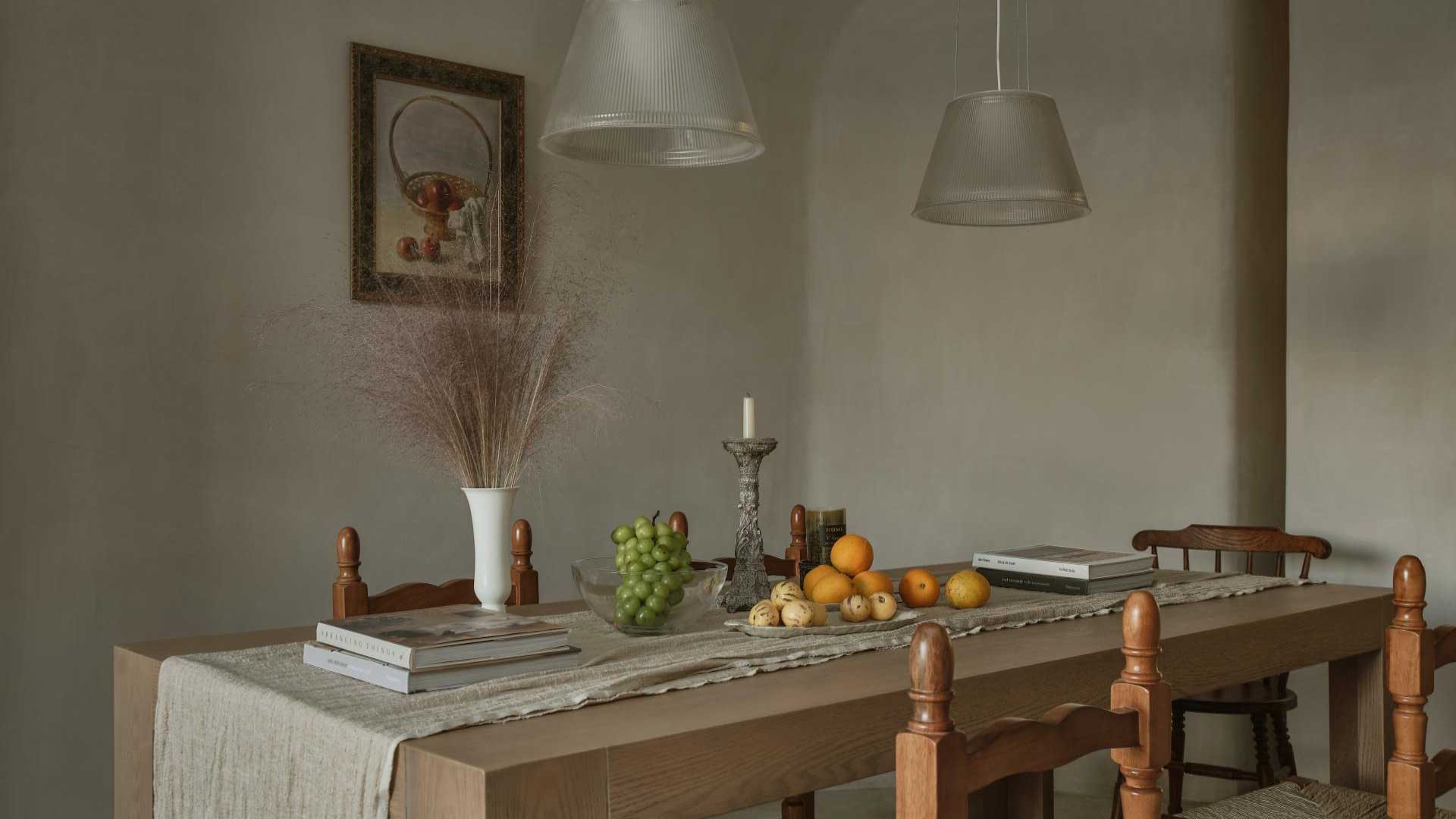

Roberto Pazzi is a photographer driven by curiosity, travel, and a commitment to documenting cu[...]

British photographer Derry Ainsworth left a career in architecture to pursue his passion for ph[...]

Vasyl Hudyma’s path began with a fascination for how light shapes mood, and today he continues [...]
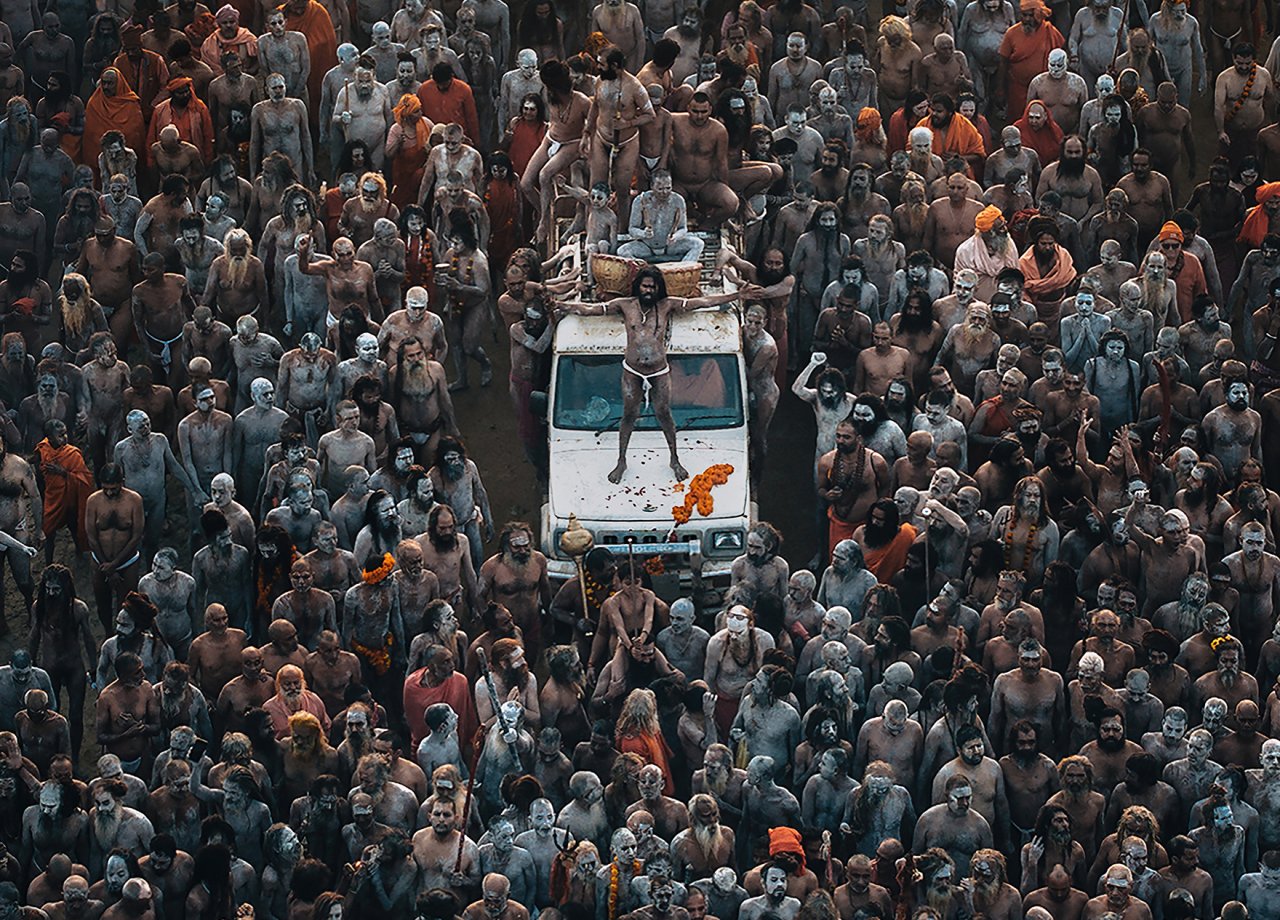
Taken during the Maha Kumbh Mela, a gathering held only once every 144 years, Savadmon Avalacha[...]


Francesco Depierro transitioned from a career in construction to pursue his lifelong passion fo[...]

Roberto Pazzi is a photographer driven by curiosity, travel, and a commitment to documenting cu[...]

Yuanqing Yao is a multidisciplinary designer and strategist who focuses on people’s emotional r[...]
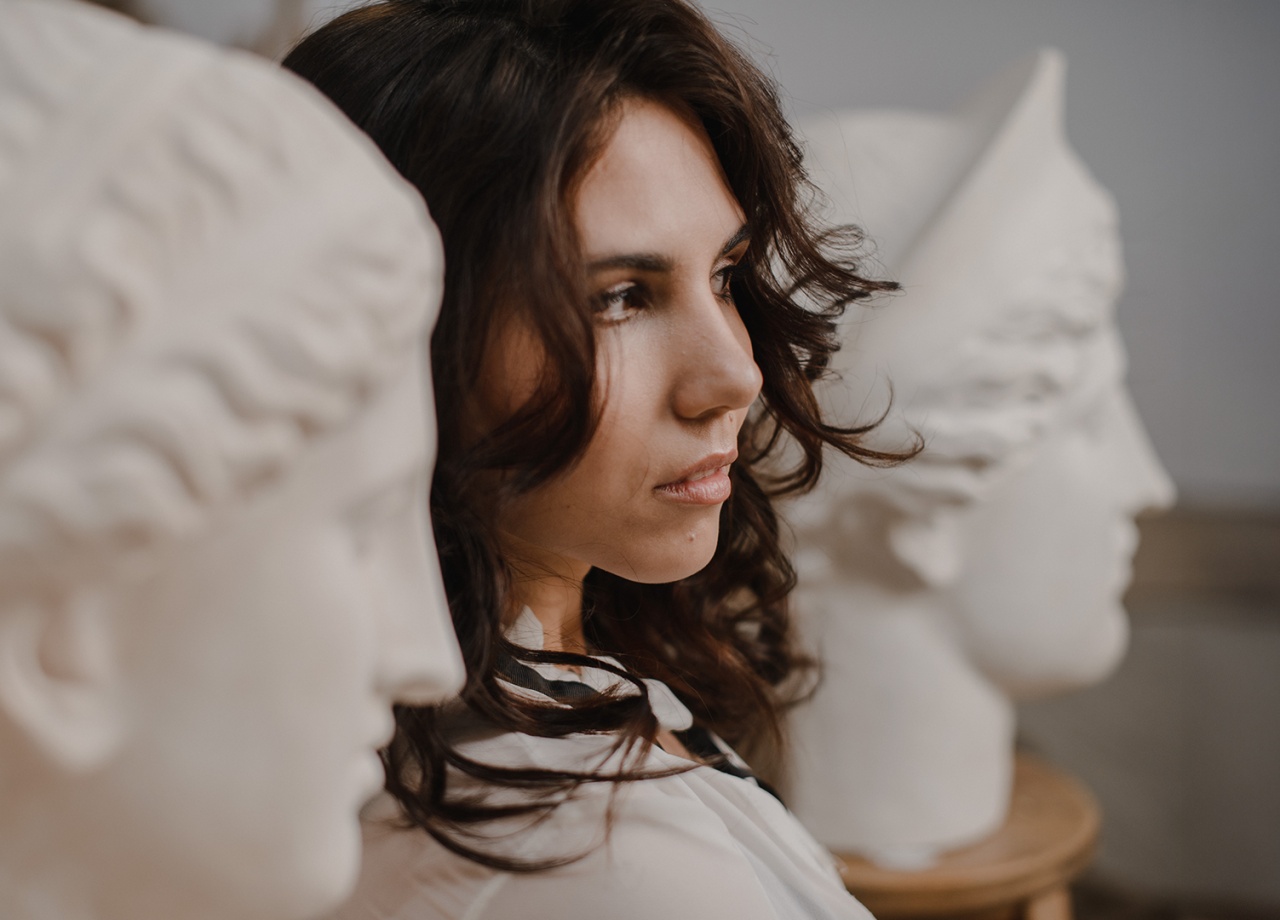
As Head of Design at AMTOSS, Kateryna Kazachkova focuses on transforming heavy, technical indus[...]


Tinglung Chang is a designer specializing in furniture, lighting, and spatial objects, driven b[...]

Victoria Cho, Head of Brand Marketing at a composite materials company, blends corporate brandi[...]
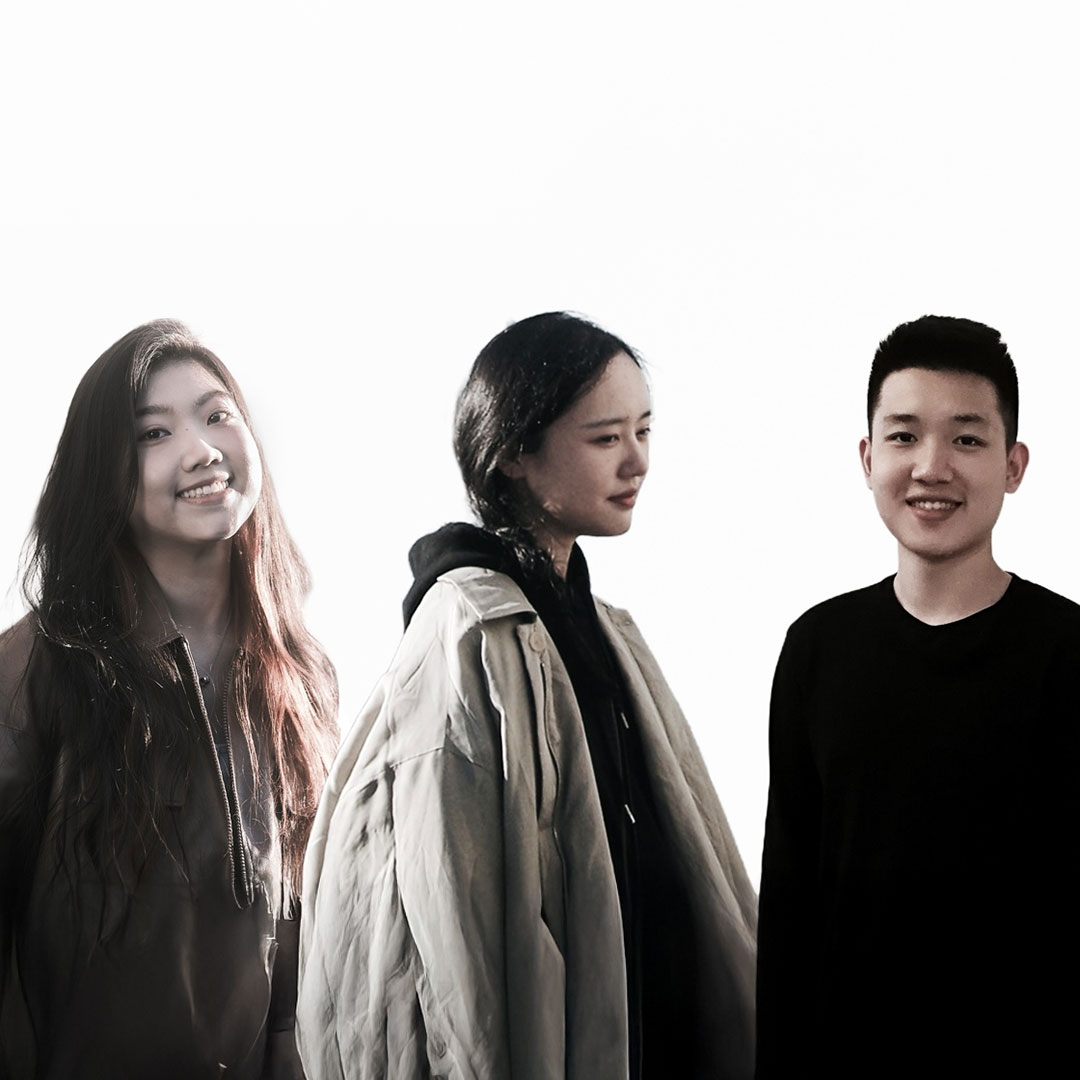
Lume Team is the Silver Winner of the 2025 MUSE Design Awards.
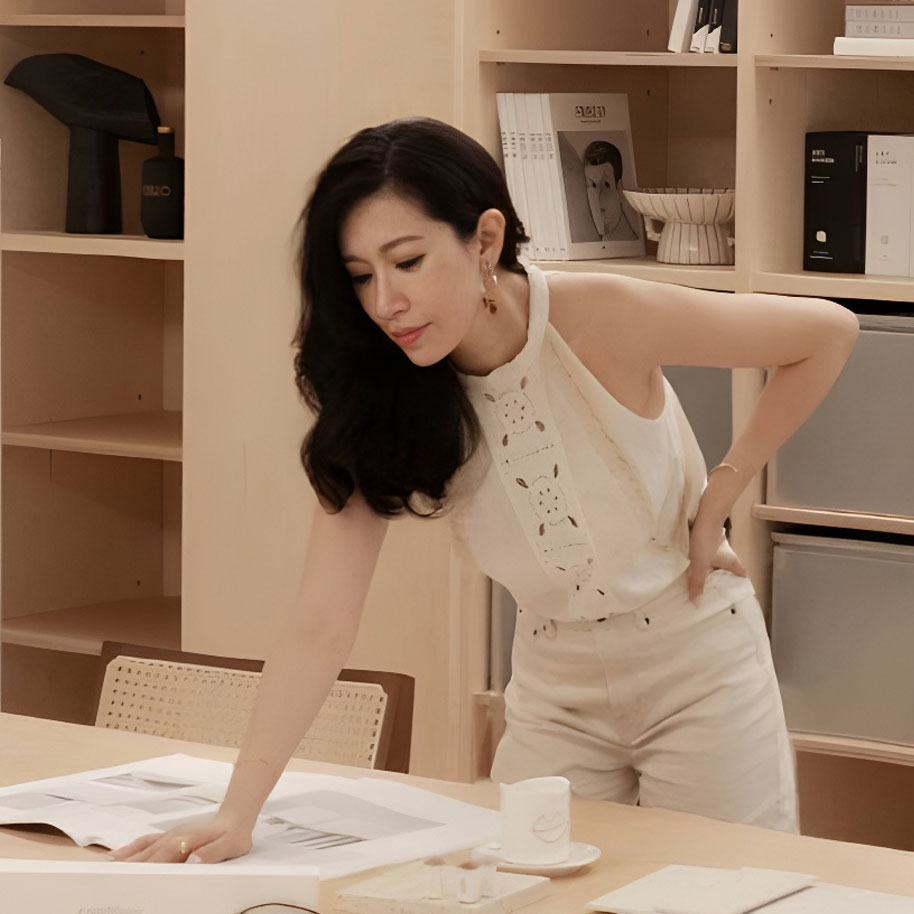
As CEO of ININHOME Co., Ltd., Lin Chia-Yu creates interiors that harmonise aesthetic beauty wit[...]
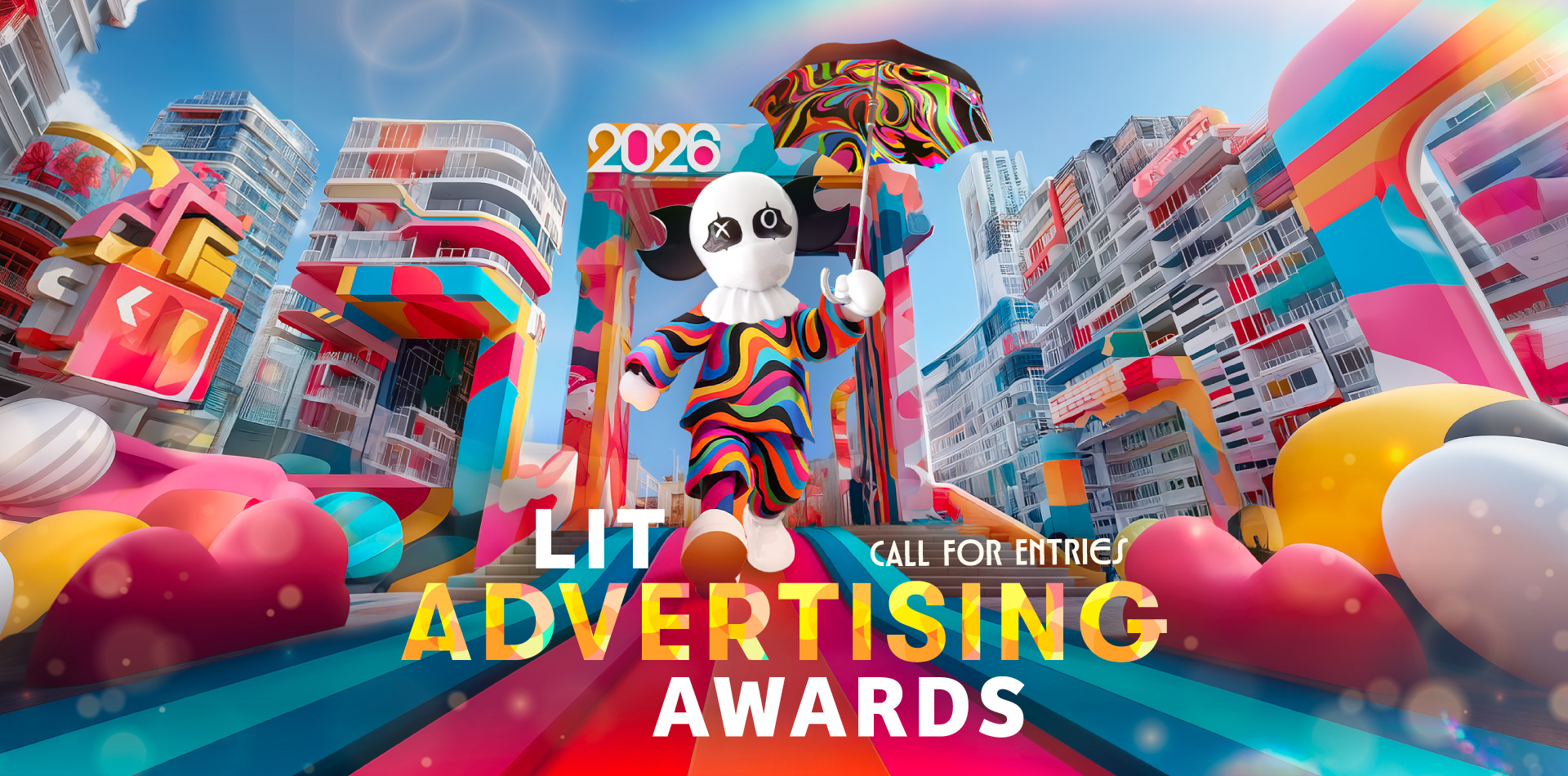
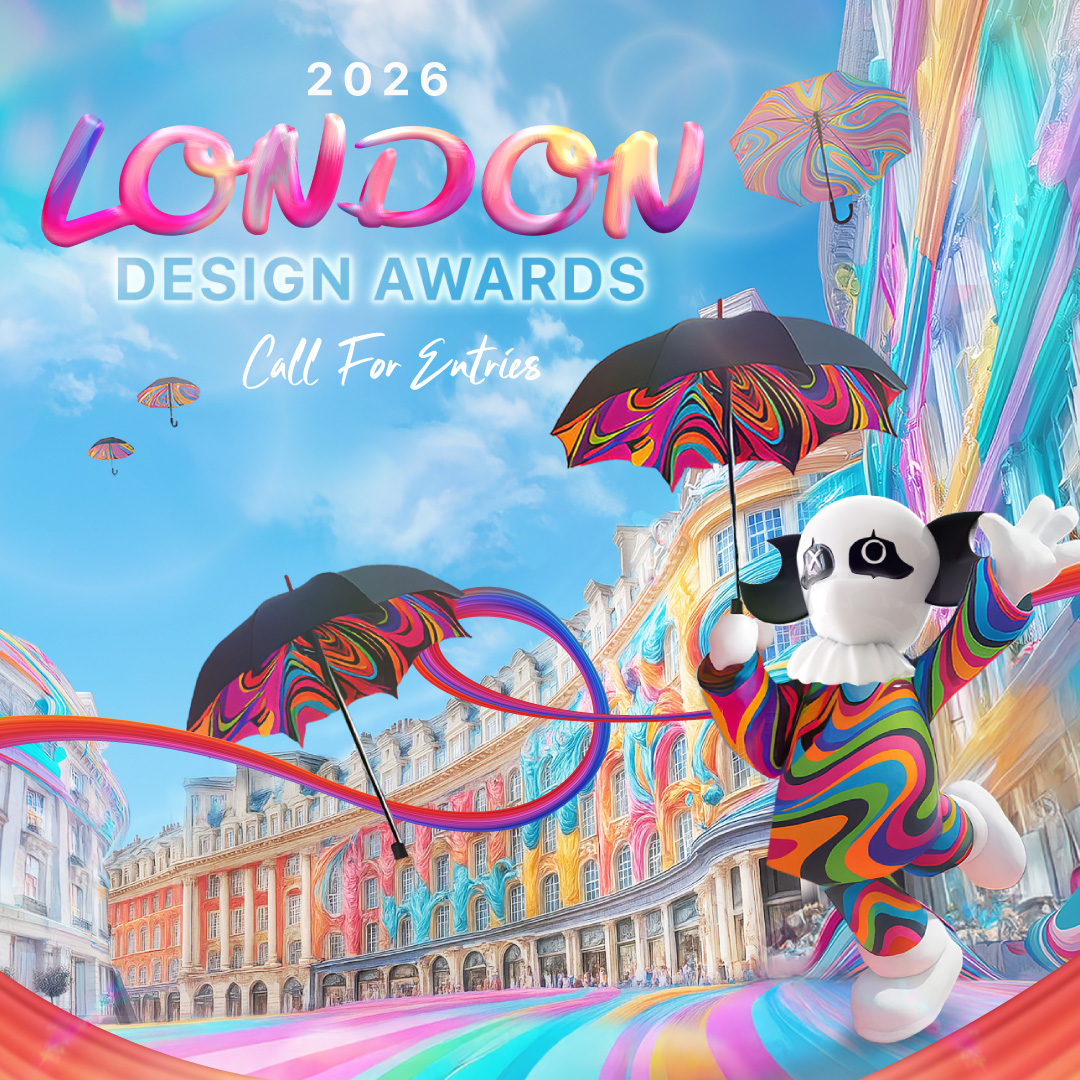
The 2026 London Design Awards is now accepting global submissions, inviting architects, designe[...]
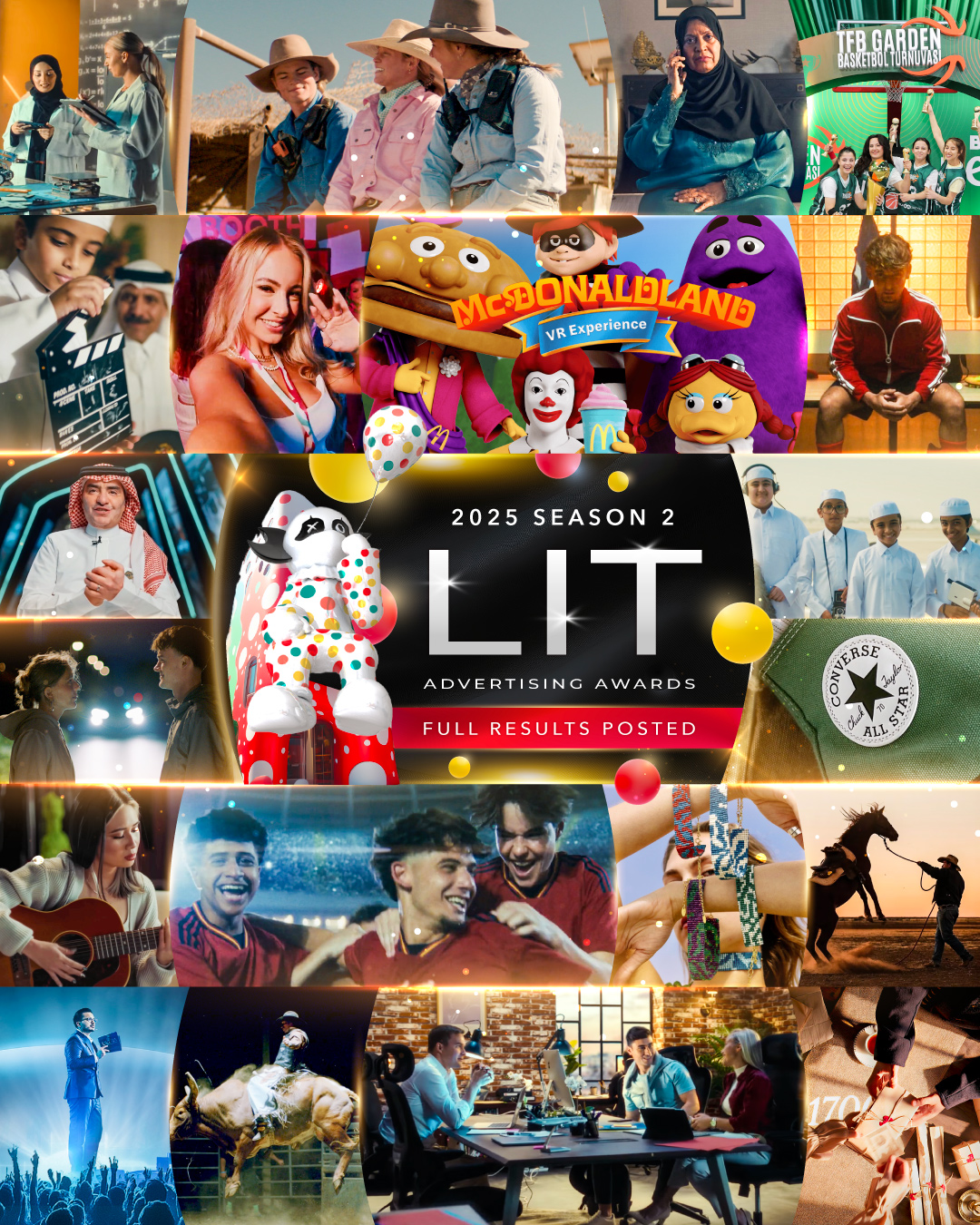
The 2025 LIT Advertising Awards: Season 2 officially announces its winners, honoring the year’s[...]
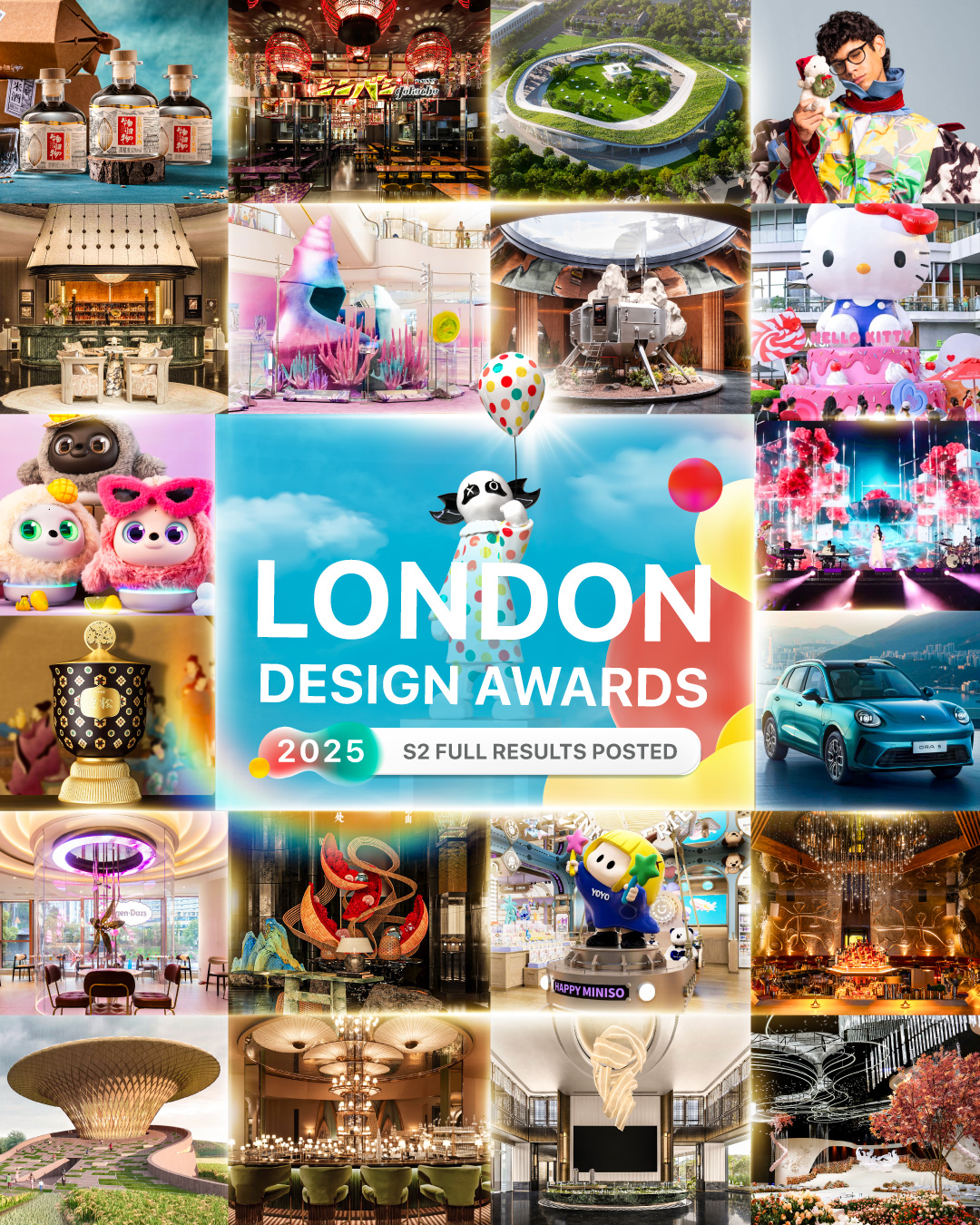
The 2025 London Design Awards: Season 2 officially announces this year’s winners, celebrating r[...]
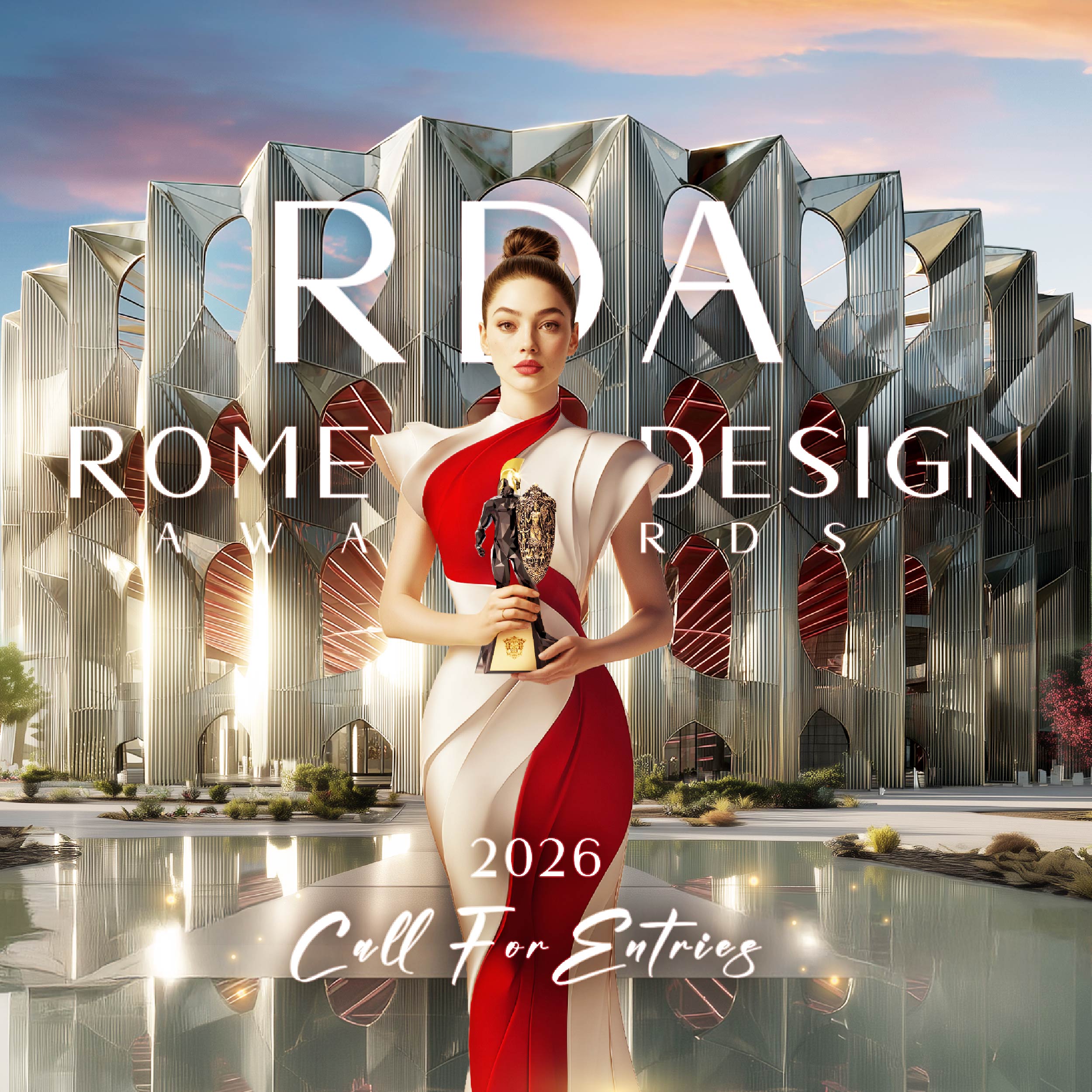
The 2026 Rome Design Awards officially opens for entries to showcase their most outstanding mas[...]
Never miss a moment of creativity — Subscribe now for inspiring ideas and more!